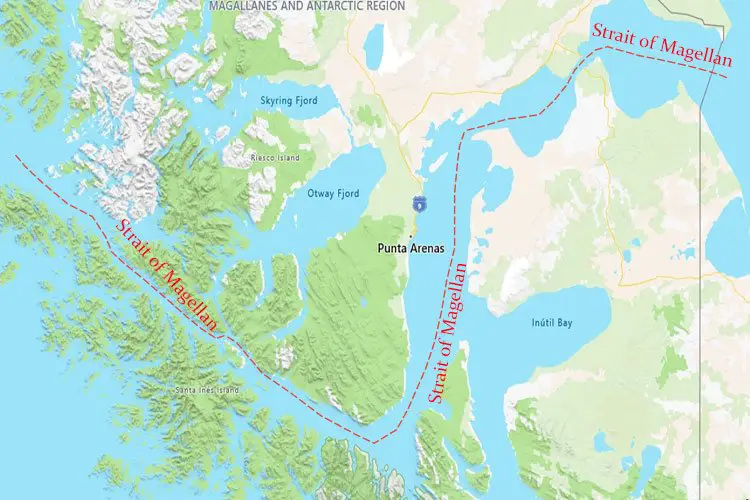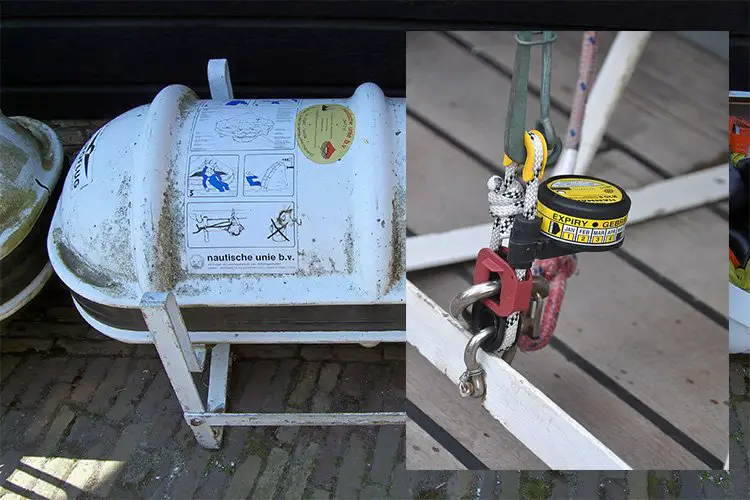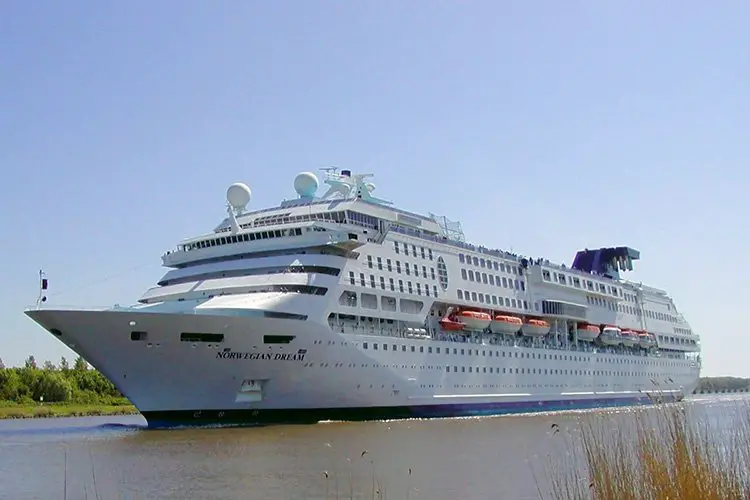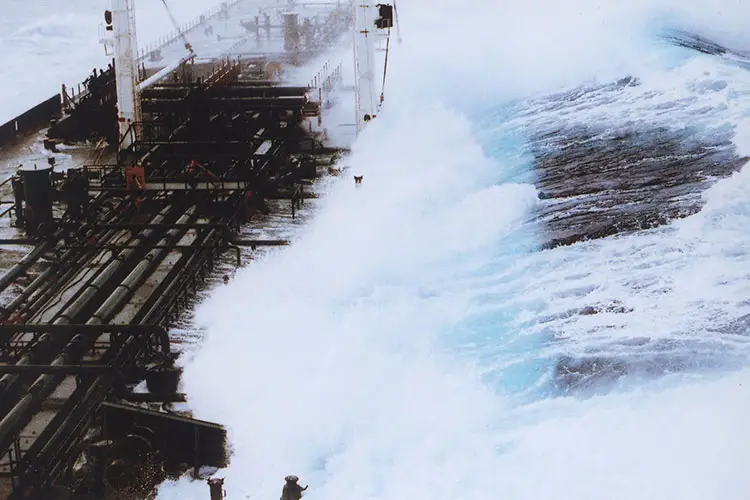What Is An Ocean Biome?
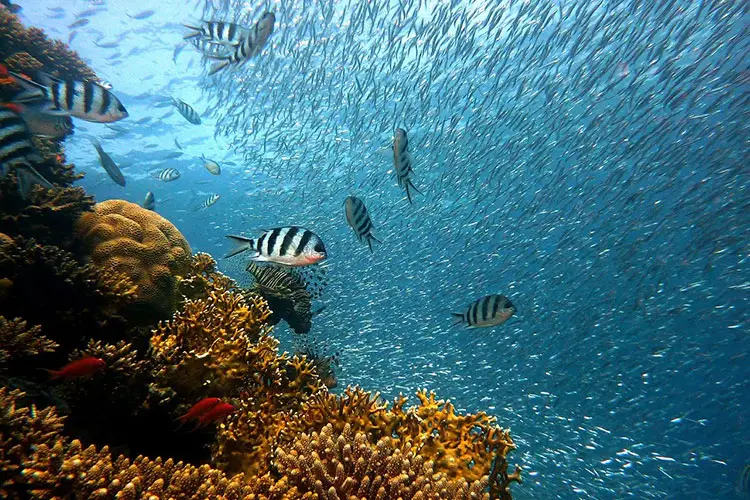
What Is Ocean Biome?
An ocean biome is the largest biotic unit on earth and is present in the ocean covering more than 70% of the earth. The Ocean biome or the marine biome includes the five main oceans of the earth that is the Pacific Ocean, the Atlantic Ocean, the Indian Ocean, the Southern Ocean, and the Arctic Ocean. It also consists of several major seas as well as small gulfs and bays.
A biome is a community of flora and fauna occurring naturally and coexisting in a major habitat. These are also known as major life zones.
The ocean as we know consists of saltwater. The salt in the oceans comes from the rocks on land which gets swept into the ocean because of river flows or other factors. Every gallon of seawater contains about one cup of salt.
It is believed that the ocean biome was the first biome ever to exist on the earth. The first-ever lifeforms evolved in the oceans more than 3 million years ago.
Ocean Zones
The Ocean biome is divided into horizontal or vertical zones depending on either the distance from the shore and depth of water respectively.
A) Horizontal Zones
The horizontal zones of the ocean biome are those which extend from land to the sea. Horizontal zones consist of these zones.
1) Littoral Zones
This comprises the coastal zone which is the area where the bottom of the sea is exposed to tides. The Littoral zone or Coastal zone or intertidal zone is the area between the high tide and the low tide.
2) Pelagic zone
The next zone here is called the pelagic zone which starts on the low tide mark and contains the vast ocean. This zone is very diverse in life forms, some of which include sharks, dolphins, whales, etc. The climate here is temperate as the cold and hot water keeps mixing. It is further divided into two zones that are the neretic zone and the oceanic zone.
a) Neretic Zone
The neretic zone is usually the area of the ocean that is not more than 600 feet deep and sunlight can penetrate the entire water column.
b) Oceanic Zone
The oceanic zone is the region of the ocean extending beyond the neretic zone and can be as deep as it can get. Here, the ocean floor is under tremendous pressure and darkness. In this region, vertical zones are more significant.
B) Vertical Zones
Vertical zones of the ocean are those which start with the surface of the ocean and extend to the ocean floor. The zones are divided into layers depending on the amount of light from the sun received and the depth of the zone.
1) Neustic Zone
The first vertical zone is called the neustic zone. This is the thin layer that is formed at the surface of the water because of surface tension. This is the uppermost layer of the ocean and is clearly visible to the human eye.
2) Euphotic Zone
The next vertical zone is called the euphotic zone. This is also part of the top layer of the ocean. This is the part of the ocean where light can penetrate. This zone extends up to a depth of 500 ft. This layer is also called epipelagic.
3) Disphotic Zone
The next zone is called the disphotic zone. It is the area in which light cannot completely penetrate but rather is visible like twilight on land.
4) Aphotic Zone
The final zone of the ocean is called the aphotic zone which lies below the euphotic zone. It is also called deep-sea and is the deepest part of the ocean which is dark and cold with low nutritional content. It comprises newly 80% of all the habitats on earth.
The deepest point in the world is called the Mariana trench which is 10,000 meters deep.
The aphotic zone is further divided as follows.
a) Mesopelagic zone
The mesopelagic zone extends from 500 to 3,280 ft below the sea surface.
b) Bathypelagic zone
The Bathypelagic zone extends from 3,280 to 13,000 ft below the sea surface.
c) Abyssopelagic zone
The Abyssopelagic zone extends from 13,000 to 20,000 ft below the sea surface.
d) Hadal zone
Hadal zone extends from 20,000 to 35,000 ft below the sea surface.
Ocean Biome Weather
The temperature in the ocean can vary greatly depending upon the depth of the ocean at that point. On the surface of the ocean, the water may be quite hot while at the same time be cold deep down. The average temperature of the oceans is about 39 degrees Fahrenheit or 4 degrees Celsius.
The ocean has a great influence on the climate on earth as well as it is an important site for the water cycle. Processes like evaporation and circulation of air are responsible for temperatures and wind circulation, especially in coastal areas. The waves and currents of the ocean also determine the temperature conditions of that particular area.
Ocean Biome Flora And Fauna
We know about more than 1 million species of plants and animals. In reality, we have discovered only about 10% of the many different species that oceans may contain. This means that more than nine million species of flora and fauna of the oceans are still not known to us.
Some other living organisms that we know about algae. Algae are a very important species of the ocean as they help in photosynthesis and climate regulation as well. They can also provide shelter and food to several marine animals.
They are also used for making several products for humans like ice cream and toothpaste. Another plant called the photo plankton serves as food for many ocean creatures. They are believed to be providing nearly half of the oxygen on earth. Most of the marine flora species are found in the euphotic zone where sunlight is available.
When comes to animals, oceans contain a lot of biodiversities. Some of the marine organisms that we know about are different types of fish, whales, bacteria, fungi, anemones, mollusks, and many more. Over the years, marine animals have adapted to the harsh climate of the oceans. Many fish and other sea creatures like crabs are also used as food for human consumption.
Oceans provide a lot of diversity to the earth. It is believed that life on earth was born in the oceans.
Nowadays, ocean water is becoming extremely polluted and several marine animals and plant species are becoming endangered and even extinct. Humans need to take some necessary steps to protect the ocean biome by reducing the toxic waste that they release into the water bodies, reducing fishing and hunting of aquatic animals for products, and be aware of how our surroundings are getting affected by human activities.

